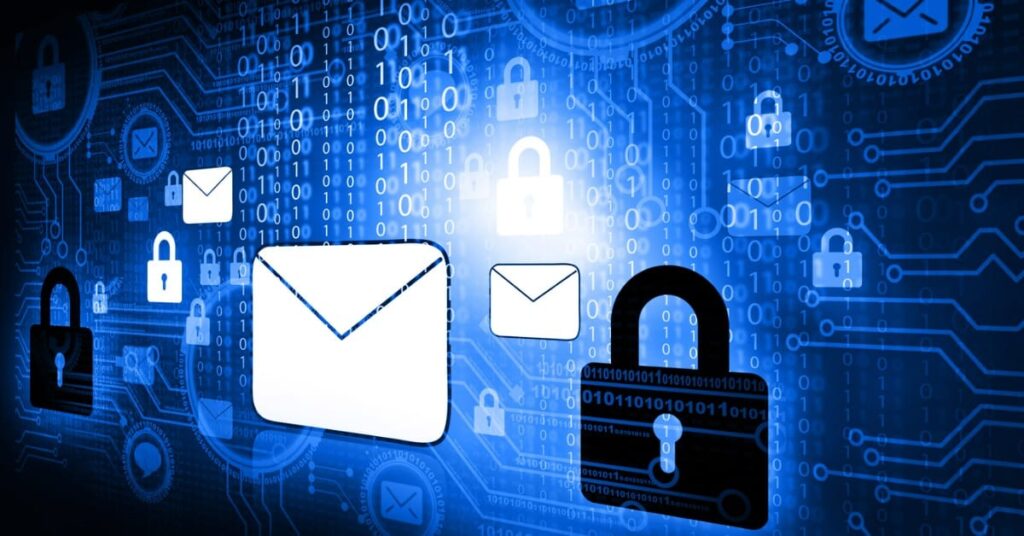Onboarding 01: Getting to Know Your Cloud and Email Security Solution
Your cloud and email security solution will protect your email, cloud storage, and digital chat systems from malicious attacks. In addition, data loss prevention (DLP), we detect and encrypt data containing sensitive information.
Email Security
All inbound, outbound, and internal emails are investigated before reaching your inbox:
- Phishing attacks are quarantined.
- Spam is routed to your junk folder.
- Attachments and links are scanned for threats.
We also safeguard against account takeover attacks, commonly referred to as compromised account detection or business email compromise:
- System confirmed attacks automatically lock your account.
- Suspected attacks are investigated by our threat hunting team.
Cloud Storage Security
Files on cloud storage platforms are scanned for ransomware and malware:
- Confirmed threats are quarantined.
- Suspected attacks are investigated by our threat hunting team.
- You will receive an alert if you are the file owner.
Chat System Security
Messages are scanned for malicious attacks:
- Messages with malicious links will be quarantined.
- Confirmed malware is quarantined.
- You will receive an alert if your message was quarantined.
What to expect with data loss prevention (DLP)
Files are automatically scanned for sensitive information:
- Inbound emails: Email is received with a warning banner on top.
- *Outbound emails: Email is allowed and will be encrypted by Microsoft.
Company policy dictates you must include “-encrypt” (without the quotes) in the subject line of emails requiring encryption. The automatic detection and encryption should only serve as a final safeguard in case you forget to add “-encrypt” in the subject line.
*Requires correct Microsoft 365 and ETS email security license.
Cloud and Email Security User Guide
Here are the most common scenarios you will encounter:
- Junk folder: Expect false positives and make sure you check your junk folder for missing emails.
- Whitelist emails: Prevent emails going to spam by clicking “Report Message” and “Not Junk”.
- Outlook Windows
- Outlook Online
- Outlook on iOS
- Outlook on MacOS
- Outlook Windows
- Report phishing: Same as above. Navigate to “Report Message” and select “Report Phishing”. Our threat hunters are here 24×7 to assist with phishing attacks.
- Report junk: Follow the same steps as phishing and select “Junk”.
- Confirmed attacks: You will never receive alerts for confirmed attacks.
- Suspected attacks: Quarantined emails can be restored by clicking “request restore” inside your email alert. Our threat hunters are here 24×7 to assist with restores.
- Password protected attachments: You must provide the password to retrieve attachments.
- Reporting standard: Never forward malicious emails to our team. Our spam filter will block your message, and we will not know you reached out. You must always use the report message function within your email application.
Please use our contact us page or reach out to your account manager for more information.








